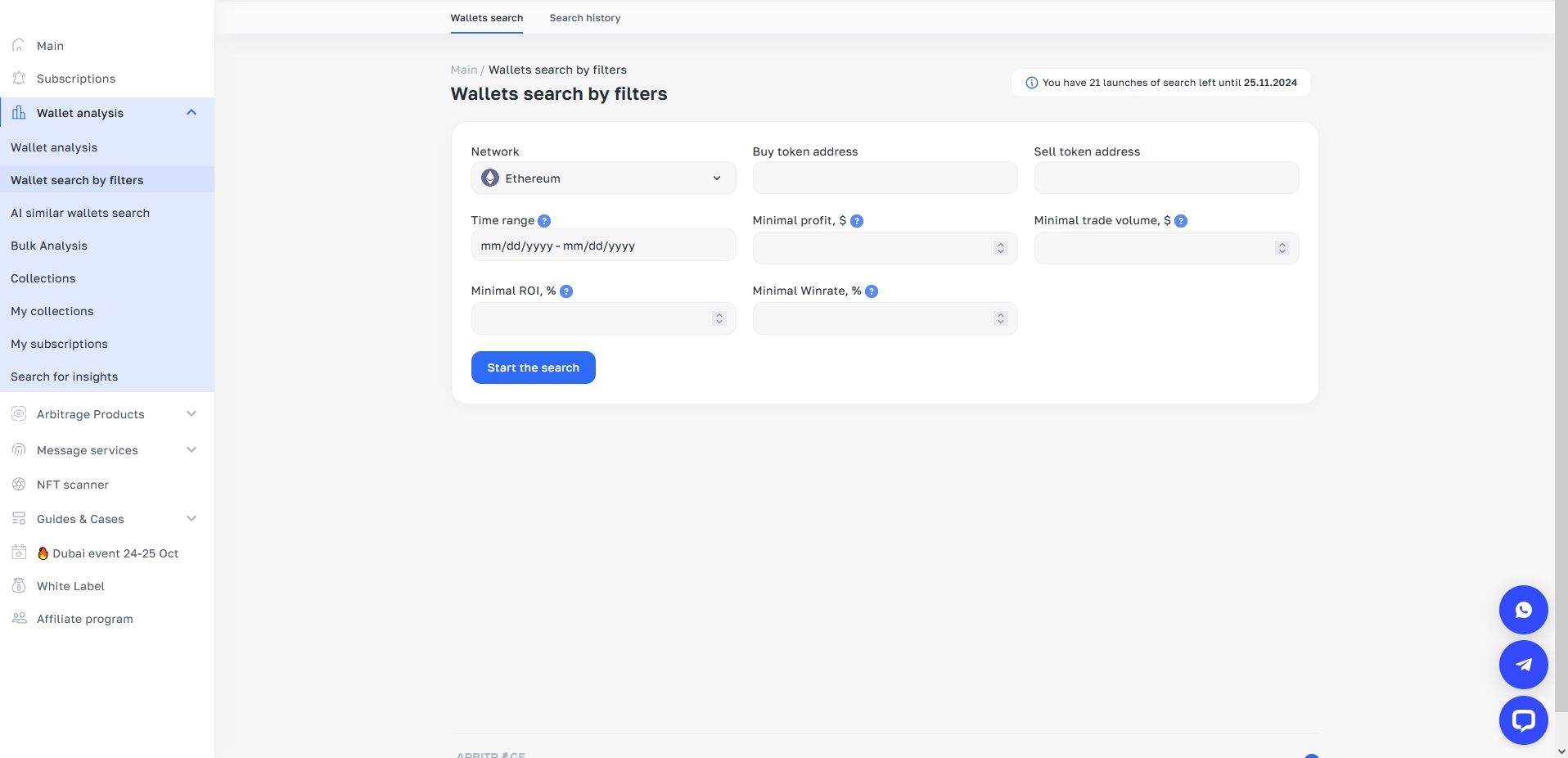Copy trading in cryptocurrency: how to earn by following others

What is copy trading?
Despite being called a "bubble" or a pyramid, the crypto market continues to attract more people eager to profit from it. But they face the question: how exactly do you make money here? If they lack experience in traditional markets, it gets even more complicated, as the crypto market is known for its volatility.
For those who don’t want or can’t get into crypto trading themselves, exchanges and other platforms have introduced crypto copy trading: software that allows users to automatically or manually copy the trades of more successful traders.
Copy trading is typically a paid service. Exchanges and platforms have leaderboards of traders who offer their trades for copying, charging a certain fee for this service, part of which the exchange retains.
If you choose to copy trades using exchange functionality, you simply select a trader, pay a subscription fee, and decide whether all trades will be copied automatically or if you will manually choose from the available options.
If you opt for a platform that offers copy trading but isn’t an exchange, you’ll need to connect via API.
Pros and cons of copy trading
Pros of copy trading include:
-
Even a crypto beginner can start copying the trades of a more experienced trader. All they need is funds in their account, an internet connection, and someone to follow.
-
Low entry cost. Copy trading subscriptions generally start from around $10. The deposit amount is flexible, with some starting as low as $50–$100.
- If you find a truly skilled trader, you can learn to read charts through their actions and eventually begin trading independently.

Now let’s move on to the cons, which are noticeably greater in number:
-
The trader you choose may not always show a positive profit percentage. On third-party copy trading platforms (not exchanges), there have been instances where platforms artificially boosted a trader’s metrics to attract more followers and secure a share of the profits.
-
Using third-party platforms requires connecting to exchanges via API—one of the most popular methods for crypto theft from exchange wallets. Hackers have long known how to exploit APIs, so the less you rely on them, the safer your funds will be.
-
For $10 or even $100 a month, a truly skilled trader, who makes a living trading crypto, won’t likely sell their trades. They simply don’t need to; they earn enough as it is. As a result, the quality of traders in copy trading can be disappointing. They may have a high percentage of profitable trades, but on closer inspection, you’ll find most are closed with a profit of only 0.01%. Meanwhile, the truly profitable trades—those offering 5-10% returns—may appear only 1-2 times per month.
-
Just because a trader has a good track record doesn’t mean they’ll continue to do well. Copy trading has been around for years and is a job for many; often, multiple traders are behind one user’s profile. If today’s trades are profitable, tomorrow’s could change drastically as the trader roster shifts, potentially reducing trade quality.
-
Automated copy trading replicates all the trader’s positions. Few people use this fully automated approach; most manually select trades that seem most suitable. This raises the question: how is copy trading different from trading signals, which were wildly popular a few years back and left thousands of traders without capital?
- The crypto market is volatile, and there’s a time lag between a trader posting a position and you copying it. This delay can mean missing the entry point, potentially reducing profits or even leading to losses.

Want to learn more about crypto arbitrage?
Get a subscription and access the best tool on the market for arbitrage on Spot, Futures, CEX, and DEX exchanges.








